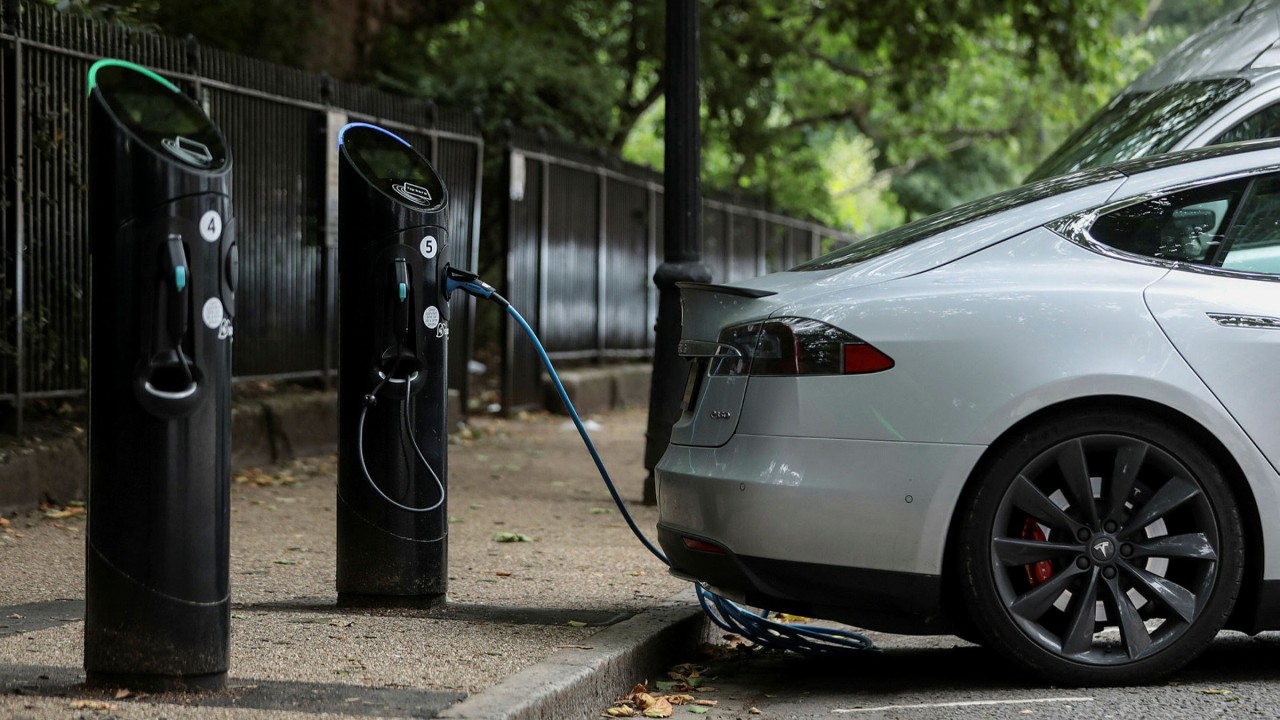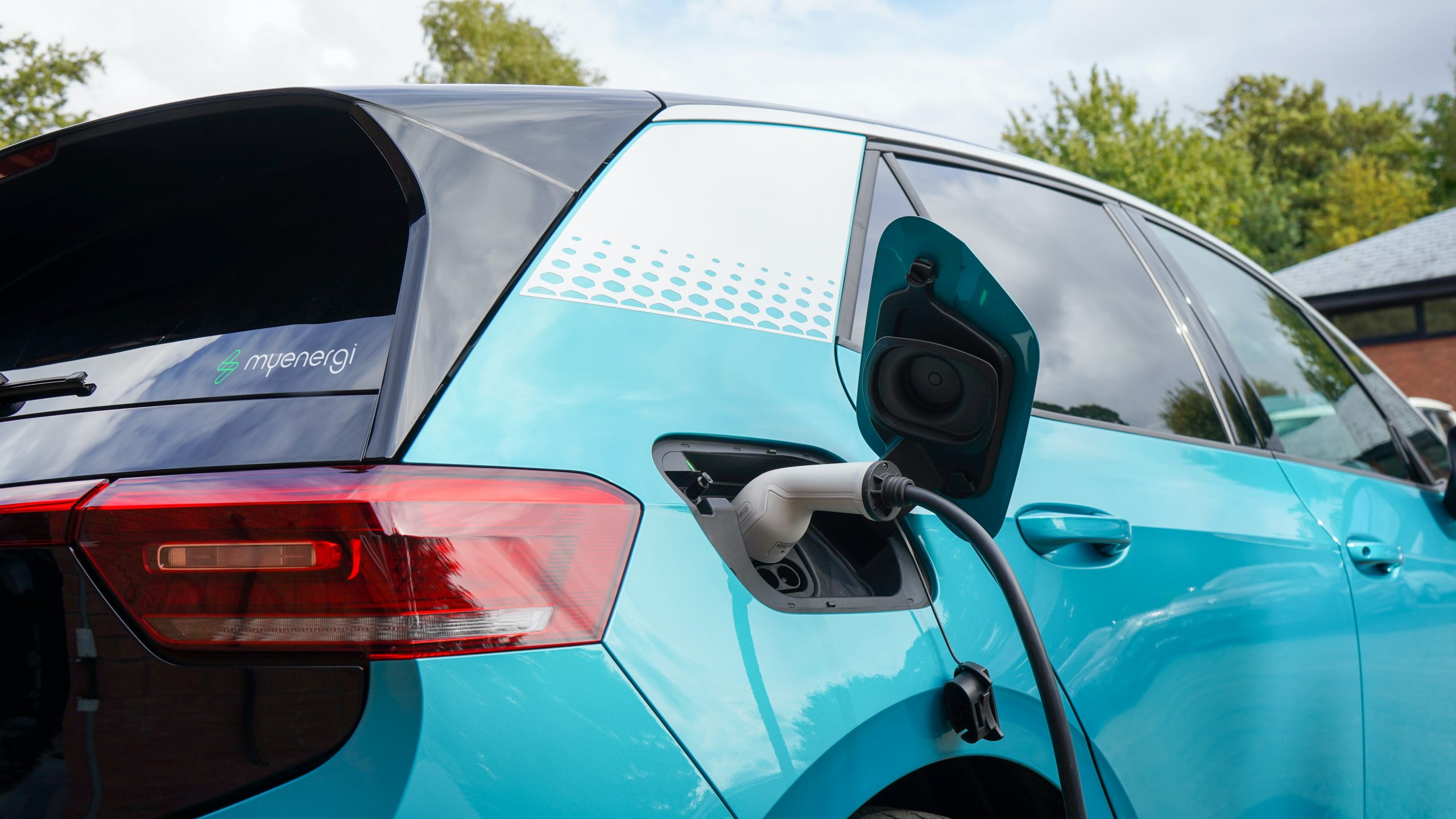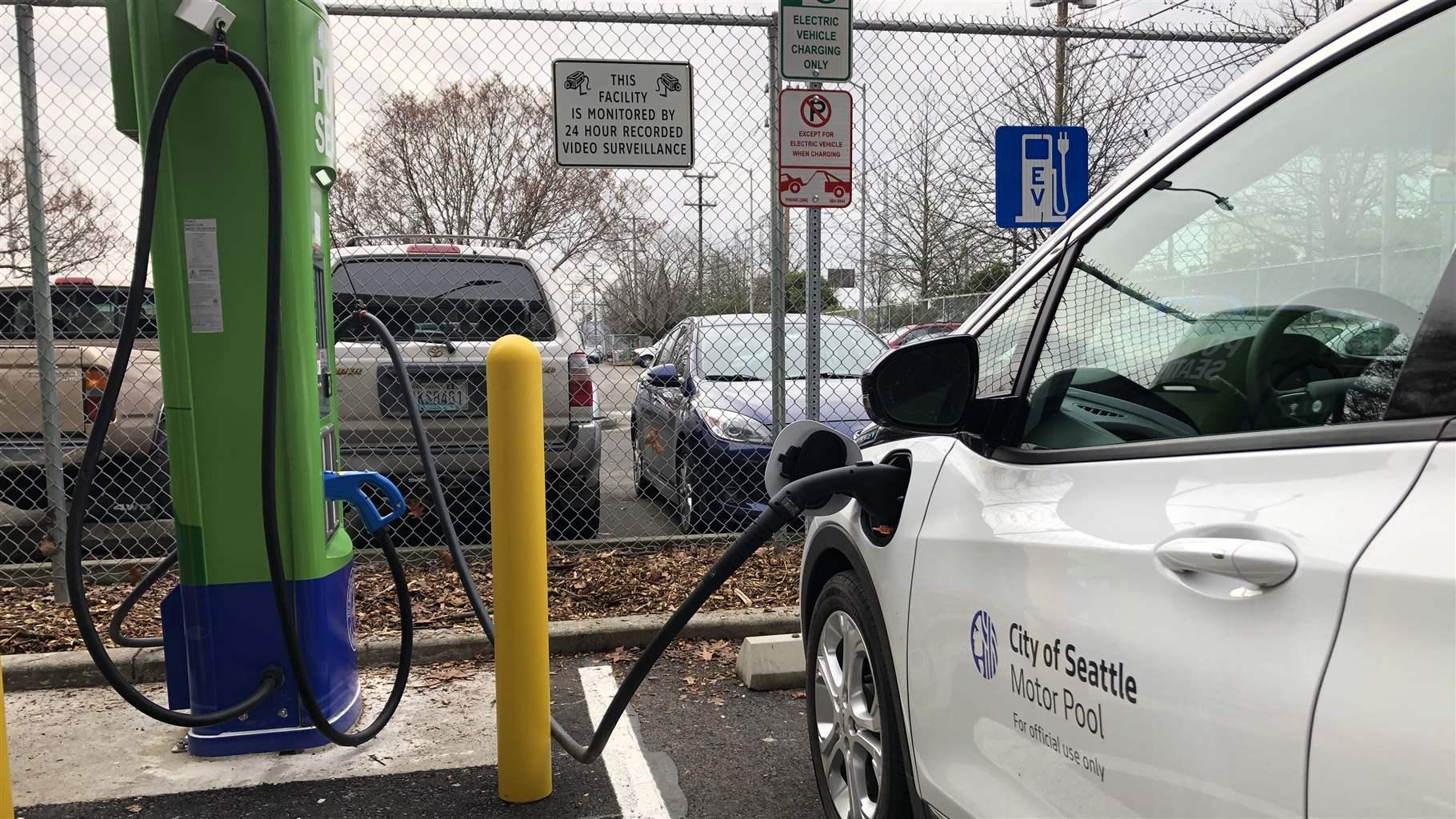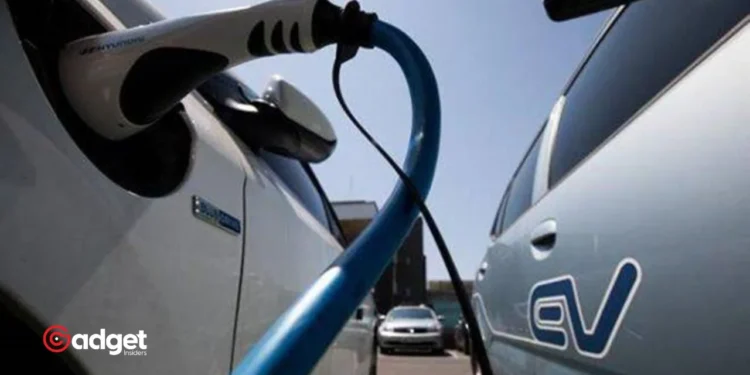Electric cars were once the future, but now they’re the present. Virtually every major auto manufacturer has pledged to significantly cut down its production of internal combustion engine (ICE) vehicles (i.e., gas cars) or phase them out entirely before the next decade is through.
POTUS is putting ever-increasing pressure on manufacturers as climate change worsens, multiple states aim to require all vehicles sold to exhibit zero tailpipe emissions, and countries from Canada to the EU are putting flat-out bans on ICE sales within the coming decades in a race to catch up with China’s booming EV market. All of this is great news, if not for one small catch: Car buyers have grown a bit jaded in the wake of the EV craze.

To be clear, EV sales are on the rise: A Cox Automotive report put them up year over year by 40% at the tail-end of 2023. But the overall trend is one of slowing sales. Even with how much excitement EVs have been garnering — especially as it concerns self-driving and their benefit to the environment — it would appear that “line go up,” just not fast enough.
To figure out what’s going on, SlashGear had an exclusive chat with Professor Laine Mears, the department chair of automotive engineering at Clemson University (the only one of its kind in the country). With his help — and a closer look at the latest data — we aim to answer why people aren’t buying more EVs, and how that might change.
Cost Considerations for Electric Cars
There are plenty of reasons more people aren’t driving electric cars. “The first one is cost,” Laine Mears told SlashGear. “BEVs are currently more expensive on average than internal combustion vehicles … [and] the increased costs are more difficult to justify. This is especially true in the U.S. market, where cost is a prime consumer driver.” Sadly, Mears is absolutely right.
According to a 2023 CarGurus report, an EV cost approximately 28% more on average than a gas vehicle in October of that year, and that’s even when you factor in things like incentives. But that’s not the whole story. The cost of ownership of an EV in the first five years (they have several surprising maintenance costs) is higher than that of an ICE. The National Automobile Dealers Association (NADA) examined Kelley Blue Book’s five-year cost data and found that while an ICE vehicle might run you an average of $56,962, an EV would be at least $65,202.
This isn’t helped by the fact that there are other costs owners might not expect. Take, for example, “filling up” an EV — the Anderson Economic Group found that for some models, that painful visit to the pump may actually be cheaper than charging. It’s not all doom and gloom, though. The U.S. federal government has an EV tax incentive that lets you claim up to $7,500 for your vehicle, and another lets you write off a part of the installation cost for an at-home charger.
There’s Still Some Uncertainty
The second reason, Laine Mears told SlashGear, is uncertainty. “Change is difficult, and transitioning from a known state of a vehicle that one can pull over and fill up on any corner to one where routing and charging need to be planned out and managed can be uncomfortable for some in the form of range anxiety and wondering where their car’s next meal will come from.” Range anxiety is definitely merited — there are almost 200,000 retail gas stations across the U.S., compared to approximately 64,000 EV chargers.
The country is rife with dead zones, long stretches of land without charging infrastructure that occasionally make interstate travel challenging. If there’s anything Americans love, it’s driving, and the thought of not being able to let the road take you where it will doesn’t sit right with many. And if not that, it’s the paralyzing fear of getting stranded with a dead battery.
It’s important to understand that range anxiety is a mostly unfounded fear. Americans drive about 38.5 miles (62 kilometers) a day, while the average EV can get at least 186.4 miles (300 kilometers), according to Forbes. Folks do most of their driving around town, after which they charge their cars overnight at home. For anything longer than that, EV owners just need to do a bit of planning.
Lack Of Infrastructure
Following off the previous point, Laine Mears said “there is still a great deal of work to do on the supporting electric grid infrastructure to supply the increased use once it starts.” Lack of public charging consistently ranks as one of the top concerns for new car buyers, with a June 2023 Cox Automotive study finding that at least 32% are deciding against an EV based on limited charging options in their area.
Recently, public EV charging stations have gotten twice as many users, even as we struggle to put charging stations in the most needed areas, like rural communities. The Washington Post reported that government investments in a charging network have cost us $7.5 billion in taxpayer dollars in return for only 7 chargers so far. News like Elon Musk gutting his entire Supercharger team certainly doesn’t help, nor do predictions that our power grid can’t sustain all this charging, anyway.

Mears assures us that “all is not lost. OEMs [original equipment manufacturers], in addition to working on lower-cost offerings, are converging on the Tesla standard for charging, which would give access to an already robust national network,” he told SlashGear. The White House is also now backing Tesla plug standardization as the so-called North American Charging Standard (NACS).
Infrastructure always needs time to catch up with demand, and it’s catching up, too. Bloomberg Green analyzed federal data and found that we’ve added 1,000 chargers just in the second half of 2023, or an average of 2,800 charging ports a month. Remember: It was only about a decade ago we started seeing large numbers of EVs on our roads.
EV Battery Fires
Laine Mears told SlashGear that EVs “can introduce new concerns such as health and safety (we usually don’t want things at home catching on fire).” Lithium-ion batteries — powering our phones and electric cars — have a nasty tendency to explode and burst into flames when punctured. But the rash of EV battery fires in recent years has unveiled a phenomenon known as “thermal runaway,” wherein an EV battery can go up in flames while sitting still and doing nothing. Manufacturers are having to recall cars with faulty batteries, lawsuits are being filed, and people are scared.
These fires are extremely difficult for firefighters to control, burning for hours and requiring thousands of gallons of water to extinguish. They even sometimes reignite later after appearing put out. They set residential buildings on fire, and sometimes even ocean shipping tankers. Naturally, potential buyers are concerned for their lives and property.
Now here’s the good news: EV battery fires are a lot rarer than you think. Though there’s no U.S.-specific data for this yet, a Swedish Civil Contingencies Agency (MSB) report estimated that EVs made up a paltry 0.4% of all vehicle fires — 1.9% if you include hybrids. To put that statistic another way, an ICE vehicle is 29 times more likely to catch fire than an EV, according to MotorTrend. Manufacturers are working on ways to mitigate this risk — Tesla, for one, switched to safer lithium iron phosphate batteries. Future solid-state battery tech may reduce the risk even more.

Charging Times
While we’re on the subject of batteries, another major factor is the relatively long wait time to charge an EV. A Supercharger can fill you up in 20 minutes if you’re lucky, and plugging into the wall at home easily takes all night. That’s a huge step down from ICE vehicles that need all of five minutes at the pump. ICE owners can call AAA for a roadside fill-up, whereas an EV would probably need a tow.
Electric cars owners sometimes run into long lines after major events, such as the 2024 solar eclipse, which naturally take longer than a gas station even if everyone can get in and out in that ideal 20 minutes. It doesn’t come as a surprise, then, that consumers don’t like this state of affairs — a 2024 Deloitte study estimated that 50% of buyers take issue with charging times.
Again, most Electric cars owners will be driving short distances around town and then charging at home. A 2024 ChargeLab survey found that 86% use the home garage outlet, and only about 60% visit their local public charging station each week. There’s also evidence that some of the stories of long charging lines are exaggerated by the news and social media.
All things considered, holidays and vacation high seasons are going to be busy, so EV owners should plan their travel charging with care. As we’ve mentioned, charging infrastructure simply needs time to catch up. It may also benefit from better tech. Ultracapacitors that charge in seconds could, someday, partially or entirely replace EV batteries.










